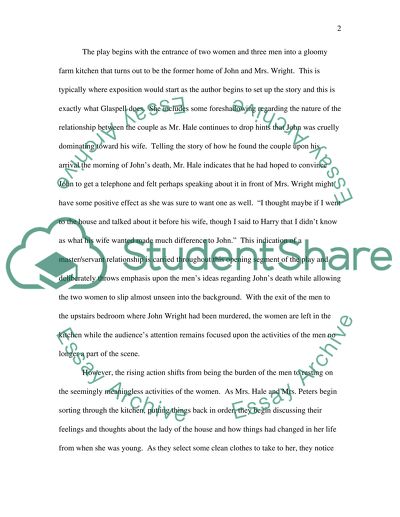Cite this document
(“Trifles Essay Example | Topics and Well Written Essays - 1000 words - 2”, n.d.)
Retrieved de https://studentshare.org/miscellaneous/1546129-trifles
Retrieved de https://studentshare.org/miscellaneous/1546129-trifles
(Trifles Essay Example | Topics and Well Written Essays - 1000 Words - 2)
https://studentshare.org/miscellaneous/1546129-trifles.
https://studentshare.org/miscellaneous/1546129-trifles.
“Trifles Essay Example | Topics and Well Written Essays - 1000 Words - 2”, n.d. https://studentshare.org/miscellaneous/1546129-trifles.


